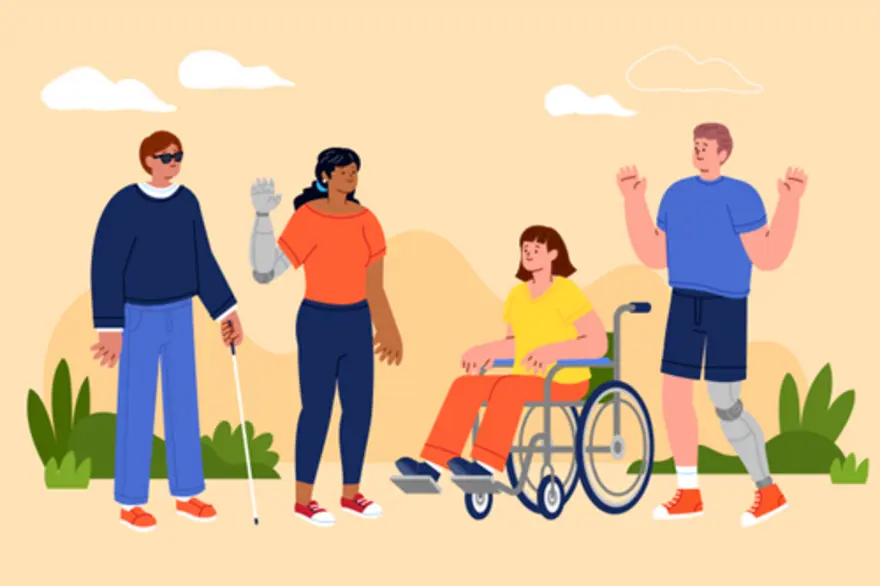Preventive Healthcare
Diabetes in Children - Ways of Lowering Type 1 and Type 2 Diabetes in Children

Table of Contents
Diabetes mellitus is a chronic metabolic condition that needs ongoing care for the rest of one's life. Most notably, it is not brought on by eating too much sugar, candy, or carbohydrates. It happens as a result of a lack of the crucial hormone insulin, which transforms sugar into energy or stores it as fuel for later use, according to Dr. V Kavita, AVP Lab Operations TN & APT, Metropolis Healthcare Limited.
Types of Diabetes in Children
Two main types of diabetes: type 1 and type 2. Both types cause high blood sugar.
Type 1 Diabetes Mellitus
It is a condition in which our bodies are completely low in insulin and in which existence is impossible without receiving regular, recommended insulin injections.
Type 2 Diabetes Mellitus
The disease is known as type 2 diabetes mellitus while the insulin production is insufficient and/or the receptors are not properly utilising secreted insulin, i.e. peripheral insulin resistance.
Although type 1 diabetes is the most prevalent kind in kids, type 2 diabetes, which was previously uncommon in kids, has been becoming more prevalent along with the rise in the prevalence of juvenile obesity. Type 1 diabetes often develops before the age of 10, but type 2 diabetes develops during puberty, which occurs between the ages of 15 and 19.
Children with diabetes may go asymptomatic or occasionally develop life-threatening complications such as diabetic ketoacidosis, which is accompanied by severe dehydration and failure of essential organs. Frequent urination, increased thirst, bedwetting, and daytime incontinence are among the typical symptoms. A few significant signs can also appear, such as gradual weight loss, hazy eyesight, and fungal skin infections.
Immune mechanisms underlie type 1 diabetes. Insulin is the "feasting" hormone and makes it easier for nutrients to be absorbed by and deposited in bodily tissues. A starvation-like condition is caused by progressive insulin insufficiency, and the patient's glucose levels rise as a result. Type 1 Diabetes cannot be prevented from developing, however early detection and maintaining normal glucose levels in such youngsters can assist to slow the disease's progression and avoid complications. Insulin therapy is obligatory and needs to be sufficiently provided.
Commercial interests have influenced youngsters to eat excessively, consume quickly, and eat the wrong things. Children who have a strong family history of obesity and type 2 diabetes are more likely to have it. Type 2 diabetes can be readily avoided by making small but crucial lifestyle changes.
Do’s and Don’ts in Children with Diabetes
- Inculcating physical exercise into the everyday routine like playing sports, riding a bike, or walking should be done.
- Screen time, including time spent on television, computers, and mobile devices, should be kept to no more than two hours each day. This will aid in getting kids out of their sedentary habits.
- It is important to teach kids how important sleep is.
- Teaching kids to consume the correct foods in the right amounts at the right times is important.
- Beginning with the weaning phase, this involves introducing traditional foods, staying away from refined sugar, consuming less salt, and eating less processed food.
Diagnostic Investigations in Children for Diabetes
Children at risk may undergo diabetic screening tests, such as measurements of fasting plasma glucose and glycated haemoglobin (HbA1c) levels.
In addition to delaying the onset of diabetes problems, early diagnosis, monitoring plasma glucose levels with the use of appropriate medications and adopting good lifestyle modifications can help people with diabetes live normal, healthy, and active lives.
In a Nutshell
In cases of type 1 diabetes with early suspicion, prompt diagnosis and treatment can help children realise their dreams, while in cases of type 2 diabetes, responsible habits and a positive lifestyle can help parents delay or even stop their children's development from becoming affected. Prominent tennis player, Alexander Zverev and legendary cricketer, Wasim Akram both have exceptional physical attributes and neither let type 1 diabetes impede their performances or accomplishments.



































